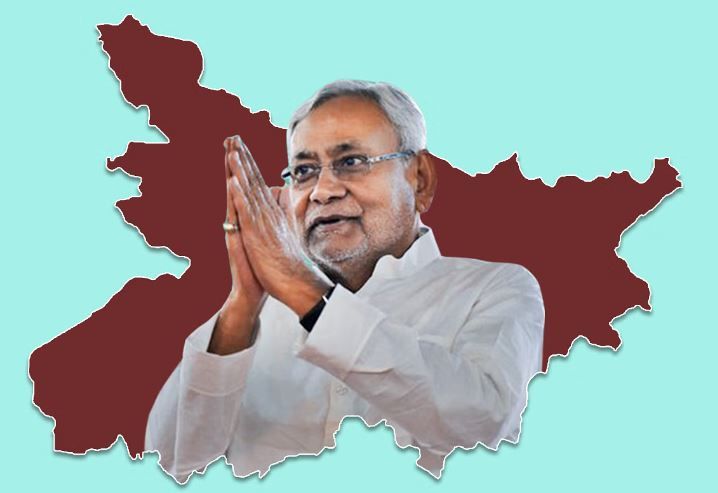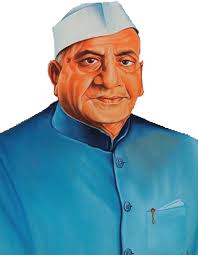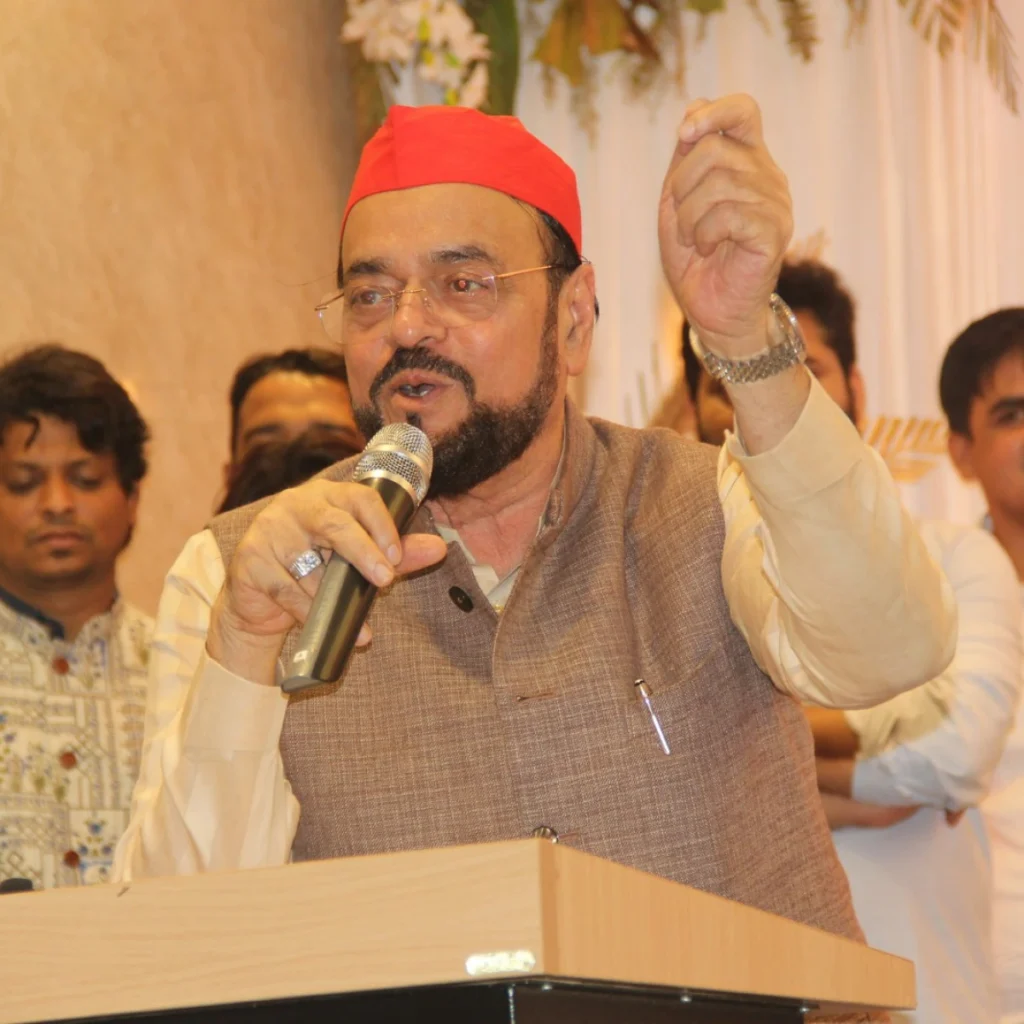Nitish Kumar, a prominent figure in Indian politics, has left a lasting impact on the political landscape of Bihar and India as a whole. His career spans decades, marked by ups and downs, alliances, and significant policy decisions. In this comprehensive exploration, we delve into the life, political journey, achievements, challenges, and impact of Nitish Kumar.
Early Life and Education:
Nitish Kumar was born on March 1, 1951, in Bakhtiarpur, Bihar, to parents Ram Lakhan Singh and Parmeshwari Devi. He received his early education from Bakhtiarpur’s Harnaut High School and later attended the Bihar College of Engineering in Patna, where he earned a degree in electrical engineering.
Entry into Politics:
Nitish Kumar’s foray into politics began during his college years when he joined the student movement led by Jayaprakash Narayan, popularly known as JP. Inspired by JP’s call for social justice and political reform, Nitish became actively involved in student politics, advocating for the rights of the marginalized and oppressed.
His early political career saw him aligning with the socialist movement in Bihar, where he worked closely with leaders such as George Fernandes and Ram Manohar Lohia. Nitish Kumar’s commitment to social justice and grassroots activism laid the foundation for his future endeavors in politics.
Rise to Prominence:
Nitish Kumar’s political career gained momentum in the 1980s when he joined the Janata Dal party, a political outfit formed in the aftermath of the Emergency era. He quickly rose through the ranks, earning recognition for his organizational skills, strategic acumen, and dedication to public service.
In 1985, Nitish Kumar was elected to the Bihar Legislative Assembly for the first time, representing the Harnaut constituency. Over the years, he held several ministerial portfolios in the state government, showcasing his administrative abilities and commitment to development.
Chief Ministerial Tenure:
Nitish Kumar’s defining moment came in 2005 when he assumed office as the Chief Minister of Bihar, leading a coalition government comprising his Janata Dal (United) party, the Bharatiya Janata Party (BJP), and other allies. His tenure as Chief Minister marked a turning point in Bihar’s political landscape, characterized by a renewed focus on governance, development, and social justice.
During his time in office, Nitish Kumar implemented a series of reforms aimed at transforming Bihar’s socio-economic fabric. His administration prioritized sectors such as education, healthcare, infrastructure, and rural development, laying the groundwork for Bihar’s resurgence as a dynamic and forward-thinking state.
Under Nitish Kumar’s leadership, Bihar witnessed significant improvements in key indicators such as literacy rates, electrification, road connectivity, and law and order. His emphasis on inclusive growth and equitable development earned him praise from both within the state and across the country.
Challenges and Setbacks:
Despite his achievements, Nitish Kumar’s tenure as Chief Minister was not without its challenges and controversies. His alliance with the BJP, a right-wing party with a Hindutva ideology, drew criticism from some quarters, particularly among minority communities and secular groups.
In 2013, Nitish Kumar made the controversial decision to end his party’s alliance with the BJP over ideological differences, leading to a period of political upheaval in Bihar. He subsequently resigned as Chief Minister but later formed a new coalition government with the support of the Indian National Congress and other parties.
Return to Power and Continued Leadership:
In the years that followed, Nitish Kumar consolidated his position as a key political figure in Bihar, winning successive assembly elections and retaining his position as Chief Minister. His leadership style, characterized by pragmatism, consensus-building, and a focus on development, endeared him to voters across the state.
Nitish Kumar’s ability to navigate Bihar’s complex political landscape and forge alliances with diverse stakeholders has been instrumental in his continued success. His tenure as Chief Minister has seen the implementation of ambitious projects such as the Bihar Rural Livelihoods Project, which aims to empower women and marginalized communities through self-help groups and livelihood initiatives.
Legacy and Impact:
As one of the longest-serving Chief Ministers in Bihar’s history, Nitish Kumar’s legacy is intertwined with the state’s journey of transformation and progress. His tenure has been marked by significant improvements in governance, infrastructure, and social welfare, laying the foundation for Bihar’s emergence as a vibrant and dynamic state.
Nitish Kumar’s emphasis on inclusive development, social justice, and good governance has set a precedent for other states to emulate. His ability to rise above partisan politics and prioritize the interests of the people has earned him respect and admiration from across the political spectrum.
Conclusion:
Nitish Kumar’s journey from a grassroots activist to a stalwart political leader is a testament to his resilience, determination, and commitment to public service. His tenure as Chief Minister of Bihar has been characterized by bold reforms, visionary leadership, and a relentless pursuit of excellence.
As Nitish Kumar continues to lead Bihar into the future, his legacy as a statesman and reformer will endure, inspiring future generations of leaders to follow in his footsteps and work towards building a more inclusive, equitable, and prosperous society.






